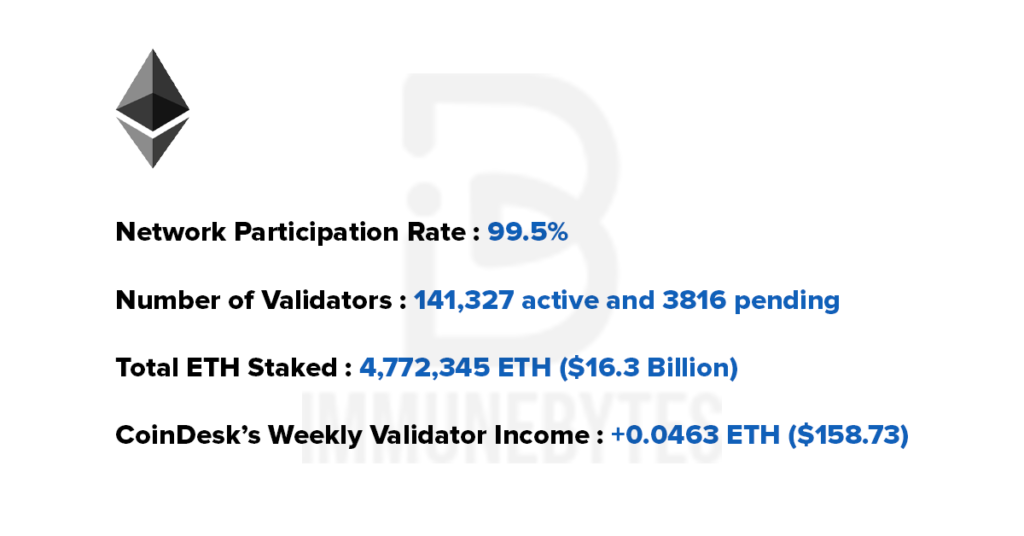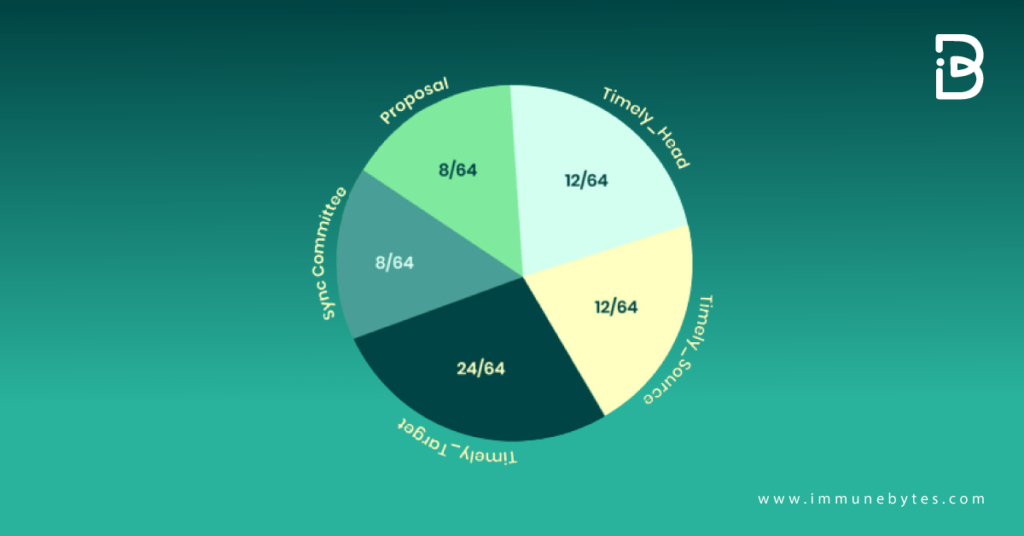The much-awaited transition, Ethereum 2.0 network, now seems to be ready and prepared to take its training wheels off and shoot for the stars.
As Ethereum gets done with its 11th backwards-incompatible, system-wide upgrade, the London hard-fork, Ethereum 2.0 developers are getting ready to release their first one ever. Named after the brightest star in the northern constellation of Aquila, the “Altair” upgrade is expected to happen this month.
The Altair upgrade will make minor revisions to the dynamics of Eth 2.0. Let’s see what this upgrade will bring!
What can Eth 2.0 Validators Expect from Altair?
Table of Contents
The Altair upgrade ups the ante on validator responsibilities.
“This upgrade brings light-client support to the core consensus, cleans up beacon state incentive accounting, fixes some issues with validator incentives, and steps up the punitive params as per EIP-2982.”, Ethereum Foundation researcher Danny Ryan.

The main aim behind the Altair upgrade is to represent a “low stakes warm-up” to prepare Beacon Chain developers and client teams for the coming merge.
The Altair Beacon Chain upgrade is scheduled to activate on Oct. 27, at epoch 74240, on the Ethereum mainnet. This upgrade will provide the Beacon Chain with the following features:
- light client support
- minor patches to incentives
- per-validator inactivity leak accounting
- an increase in slashing severity
- cleanups to validator reward accounting for simplified state management
Users operating a Beacon node or validator are required to update the client version to the new standard or risk being stuck on an incompatible chain. Along with that, validators who do not update won’t be able to participate in the new consensus mechanism and will also face the risk of being slashed and paying penalties.
It is to be noted that since the upgrade only affects the consensus mechanism on the Beacon Chain, it will not affect end users of the current Ethereum proof-of-work blockchain.
Recommend Read:
Diving Into the Technicalities
Altair is the first hard fork of the Ethereum beacon chain. Its main features are:
- Sync committees
Allow light clients to easily sync up with the header chain with very low computational and data costs. The goal is to make a light client easy and efficient enough that it can be run inside any environment. - Incentive accounting reforms. This includes a few changes:
- Storing actions that were taken during the current and previous epoch in a more efficient bitfield format, reducing spec complexity.
- Making the “inactivity leak” quadratic per validator instead of quadratic globally, and in particular, making it insignificant for validators that are participating >80% of the time.
- Bug fixes to reward accounting (eg. giving proposers a ~1/8 share of all rewards instead of just a ~1/8 share of one small piece of rewards, and ensuring that the rewards under perfect performance add up to the full base reward).
- Penalty parameter updates
This makes both inactivity leaks and slashing somewhat more punitive than pre-Altair, though still less punitive than their eventually-intended values.
One of the main conceptual features of Altair is redesigning how validators are rewarded and penalized to make these incentives more systematic and easy to reason about. Validators are rewarded for fulfilling duties – tasks that they are assigned as part of the job of being a validator.
These duties come in two types:
- Attestation duties: The duties to make an attestation in every epoch that gets included quickly and attests to the correct chain.
- Non-attestation duties: The tasks that are not connected to attesting and that any individual validator gets assigned to more rarely.
The complete list of duties described in Altair is:
- TIMELY_HEAD: submit an attestation that correctly identifies the head of the chain, and gets included on the chain in the next slot.
- TIMELY_TARGET: submit an attestation that correctly identifies the Casper FFG target, and gets included within EPOCH_LENGTH slots.
- TIMELY_SOURCE: submit an attestation that correctly identifies the Casper FFG source, and gets included within sqrt(EPOCH_LENGTH) slots.
- Sync committee participation: if you are part of a sync committee, submit the sync committee signature.
- Proposing: propose a block if you are assigned to do so.
The base reward is split up into pieces and each piece is allocated to one of these duties.

You can read more about the technicalities of Altair updates here.
The Bug Bounty Program
To get the community in action and make them well-versed with the upcoming changes with the Altair upgrade, the team has given way to an interesting game, not competition.
The bug bounty program that enables anyone to earn rewards for finding vulnerabilities has been switched to “ETH2 bug bounties.” Additionally, the community members finding the bugs will receive double bounties until the upgrade.
The low-impact bugs will earn a user nearly $2,000 while critical bug hunters will receive close to $50,000. Check out the leaderboard here.
About Us
ImmuneBytes is facilitating blockchain security by employing the use of cutting-edge techniques on smart contracts and decentralized applications. We have a team of experienced blockchain security audit professionals who are adept at their niches and provide you with innovative solutions and consultation. So far we have worked on 175+ blockchain start-ups on different blockchain frameworks, with clients spread across the globe, and are continually unfolding ourselves to make this decentralized movement thrive.

